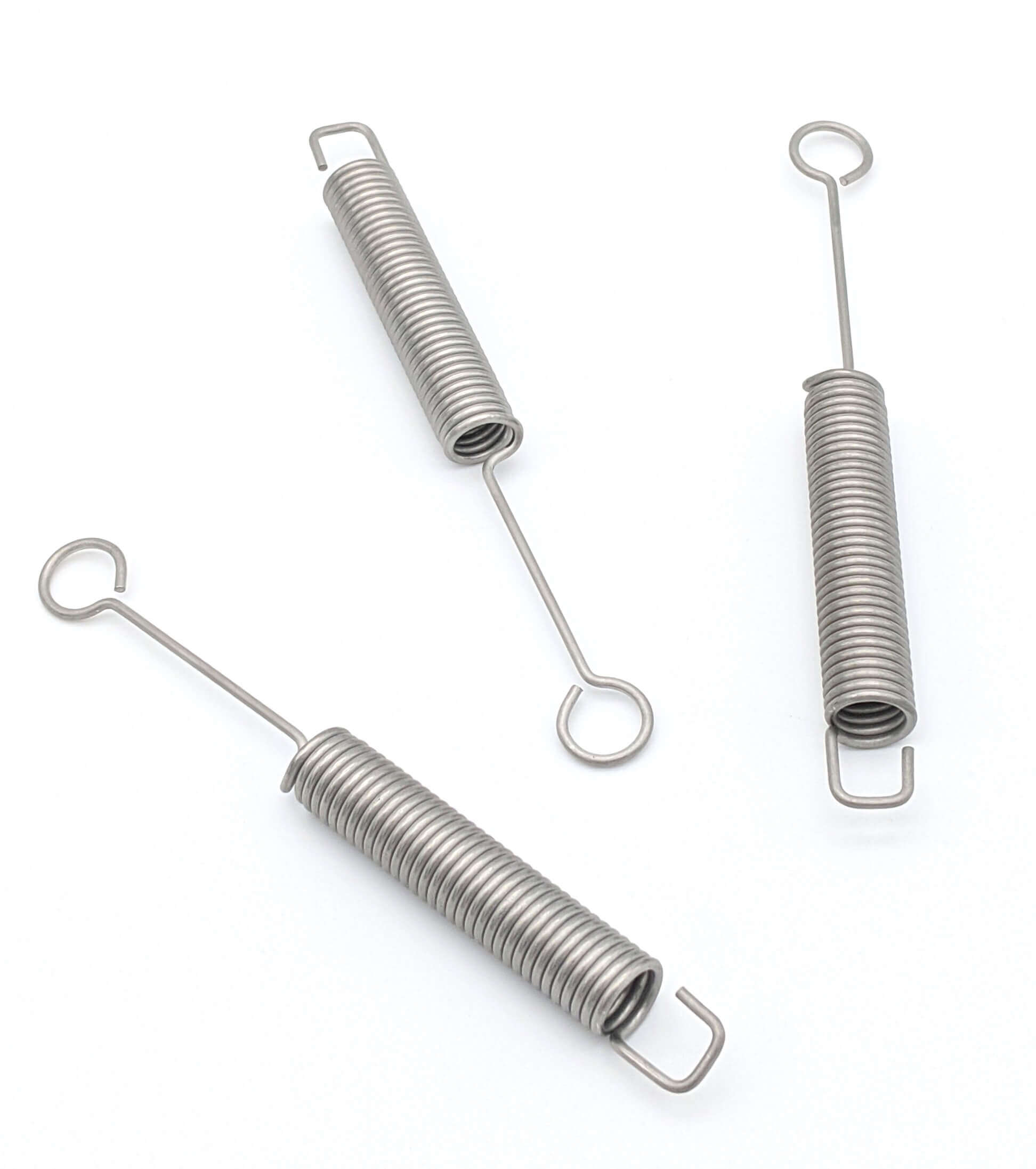Get unique, complex parts easily. No matter your requirements, Chaoyi Spring creates hard-to-produce coil springs and wire forms.
Let us help you create the custom wire form you need, from S-hooks and J-hooks to utility hooks and more.
We work closely with customers across a wide range of industries, helping them design and manufacture made-to-order parts.
Why choose Chaoyi Spring? We prioritize customer-focused collaboration, modern equipment and the latest technology to make your parts per print.
Find the information and guidance you need, from measuring a spring to learning about materials, placing an order and much more.
The spring compression formula is a fundamental tool in mechanical engineering, playing a crucial role in designing and analyzing various spring-based systems. It establishes a direct relationship between the force


The spring compression formula is a fundamental tool in mechanical engineering, playing a crucial role in designing and analyzing various spring-based systems. It establishes a direct relationship between the force applied to a spring and the resulting compression, allowing engineers to predict how a spring will behave under different loading conditions. This article dives deep into the intricacies of the spring compression formula, unveiling its derivation, exploring its practical applications, and shedding light on the crucial factors influencing its accuracy.

The spring compression formula, rooted in Hooke's Law, provides a mathematical framework for calculating the compression of a spring subjected to an external force. This formula is remarkably straightforward and widely applicable in diverse engineering scenarios. Let's break down the key elements:
Formula:
F = kx
Where:
- F represents the force applied to the spring (measured in Newtons, N)
- k denotes the spring constant (measured in Newtons per meter, N/m), which quantifies the spring's stiffness
- x represents the compression of the spring (measured in meters, m)
The spring compression formula is derived directly from Hooke's Law, a foundational principle in physics that describes the behavior of elastic materials. Hooke's Law states that the force exerted by a spring is proportional to its extension or compression. In simpler terms, the more you stretch or compress a spring, the greater the force it will resist with.
The spring constant, k, embodies this proportionality constant. It signifies the spring's inherent resistance to deformation. A higher spring constant implies a stiffer spring, meaning it requires more force to achieve the same compression compared to a spring with a lower constant.
The derivation of the spring compression formula involves a simple rearrangement of Hooke's Law. Since force is directly proportional to compression, we can express it as F = kx, where k is the constant of proportionality, representing the spring constant.
The spring compression formula finds widespread applications in various engineering fields, including:
- Mechanical Design: Engineers use this formula to determine the appropriate spring stiffness for specific applications, such as shock absorbers, suspension systems, and clamping mechanisms.
- Robotics: Spring compression calculations are essential for designing robotic actuators, enabling precise movements and controlled force application.
- Civil Engineering: The formula aids in analyzing structural elements like bridges and buildings, ensuring stability and load-bearing capacity.
- Aerospace Engineering: In aerospace applications, spring compression calculations are critical for designing landing gear, shock absorbers, and other components that absorb impact forces.
The accuracy of the spring compression formula hinges on several factors, including:
- Spring Material: Different materials exhibit varying spring constants, influencing the compression under a given force. Steel springs are generally stiffer than rubber springs, for instance.
- Spring Geometry: The diameter, length, and number of coils of a spring significantly impact its compression characteristics. A shorter spring with a larger diameter will typically compress more than a longer spring with a smaller diameter.
- Temperature: Temperature variations can affect the spring constant, potentially leading to deviations in the calculated compression.
- Load Type: The type of force applied to the spring, whether static or dynamic, can influence compression behavior. Dynamic loads, involving fluctuating forces, can lead to more complex compression patterns.
In real-world applications, spring behavior can be more complex than the idealized scenario depicted by the basic compression formula. Factors like spring fatigue, non-linear elasticity, and hysteresis can introduce deviations from the expected compression values.
Advanced spring analysis techniques incorporate these complexities to provide more accurate predictions. Finite element analysis (FEA) software allows engineers to model the behavior of springs under various loading conditions, accounting for non-linear elasticity and material properties. This approach provides a more comprehensive understanding of spring behavior in realistic scenarios.
The spring compression formula stands as a fundamental tool in the realm of mechanical engineering. It allows engineers to predict the compression of a spring under a given force, enabling the design and analysis of numerous spring-based systems. However, it's crucial to remember that the accuracy of the formula depends on various factors, and advanced analysis techniques might be needed to account for complexities in real-world scenarios.
By comprehending the underlying principles of spring compression, engineers can confidently design and implement innovative solutions in diverse applications, contributing to advancements across various industries.
The spring compression formula is a powerful tool for understanding the behavior of springs, but it's not a magic bullet. By understanding the nuances of spring behavior and the limitations of the formula, engineers can design and analyze spring-based systems with greater accuracy and confidence. This knowledge is crucial in ensuring the stability, functionality, and longevity of everything from delicate machinery to large-scale structures.
Browse some of the custom wire forms and springs that we manufacture. Don’t see what you need? We specialize in made-to-order products that meet your application requirements.
Visit Our GalleryNeed a custom wire form or coil spring? We make it work. Fill out the contact form and a representative will respond within 1 business day. If you have a PDF or CAD file, you can submit to request a quote.